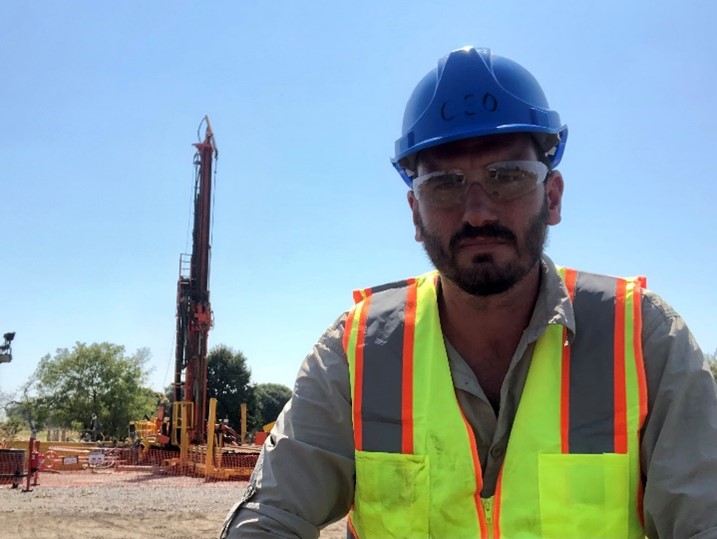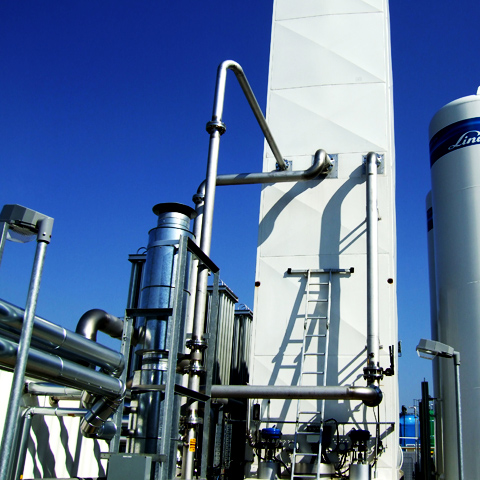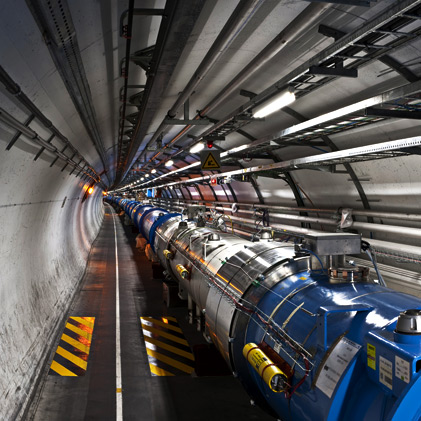Helium One Global plc (LON:HE1), the primary helium explorer, has today announced the results of Quantitative Evaluation of Minerals by Scanning Electron Microscopy study on drill cuttings collected from the Tai-1/-1A wells at its Rukwa (100%) project area.
Highlights
· QEMSCAN analysis by RockType has provided information on reservoir quality, mineralogy, seal potential and grain size distribution of entire sedimentary sequence at Tai-1/-1A
· Indicates good to excellent quality reservoir, demonstrating clean sands with very low clay content
· Confirms presence of thick claystone units at Top Karoo Group and Base Lake Bed Formation, as well as multiple intraformational claystone units
· Assists with seismic interpretation away from the wellbore to help identify seismic facies and aid the de-risking of future targets
· Data used to interpret environments of deposition and sediment provenance to better predict reservoir and seal distribution and quality
David Minchin, Helium One Chief Executive Officer, commented:
“The identification of claystones within a predominantly reservoir rich and sandy sequence offers potential sealing horizons throughout our target stratigraphy. Claystone units are best developed at the Top Karoo Group and Base Lake Bed Formation, however several intraformational clays also allow the potential for stacked seals to develop within these formations and helium to be encountered on multiple horizons from near surface to basement – as it was at Tai.
“The correlation of claystone horizons to specific seismic reflectors enables us to map the lateral extent of these potential sealing units across to other mapped leads and prospects. Mineralogical and grain size distribution information also allows us to develop our understanding of the depositional model and better understand variation in seismic character to aid future exploration efforts. The HE1 team are already reaping the benefits of integrating this new information with our recently acquired 2D seismic data.
“This analysis maximises the value from the drilling at Tai by providing additional geological data to reduce risk in planning our 2022 drilling campaign.”
Background
A QEMSCAN study has been undertaken on drill cuttings collected from the Tai-1/-1A well drilled in the Rukwa Basin during Q3 2021. The study provides detailed geological information, including grain size and mineralogy, on the entire stratigraphic section at Tai-1/-1A on a 5m sampling resolution.
QEMSCAN results have indicated the presence of good to excellent quality reservoir within all three target horizons. This is typified by clean sands with low clay content, supporting potential for reservoirs with high porosity and permeability.
QEMSCAN also provides critical information on the presence of potential sealing units within the stratigraphic sequence. Results include a 130m thick claystone unit at the Top Karoo Group, as well as up to 30m thick claystone unit identified at the base of the Lake Bed Formation. Drilling at Tai prioritised targeting the main Karoo closure and so was sub-optimal in testing any Lake Bed closures further up the sequence. Improved data on reservoir and seal distribution may allow the Company to consider targeting a Base Lake Bed closure in future exploration drilling.
The data also demonstrated intraformational claystone units within the Lake Bed Formation and Lower Karoo Group which may allow the potential for stacked reservoir and seal units. Intraformational seals are likely to explain the multiple helium shows seen in the Karoo Group, as well as unexpected helium shows seen in the Upper Lake Bed Formation and Red Sandstone Group.
Stratigraphic information gained from QEMSCAN analysis will assist in the ongoing interpretation of Phase II 2D Seismic, allowing the Company to correlate specific geological units at Tai to seismic character away from the wellbore and into the wider study area. Interpretation of depositional facies will allow the Company to better understand distribution of reservoir and seal within the Rukwa Basin helium system.









































